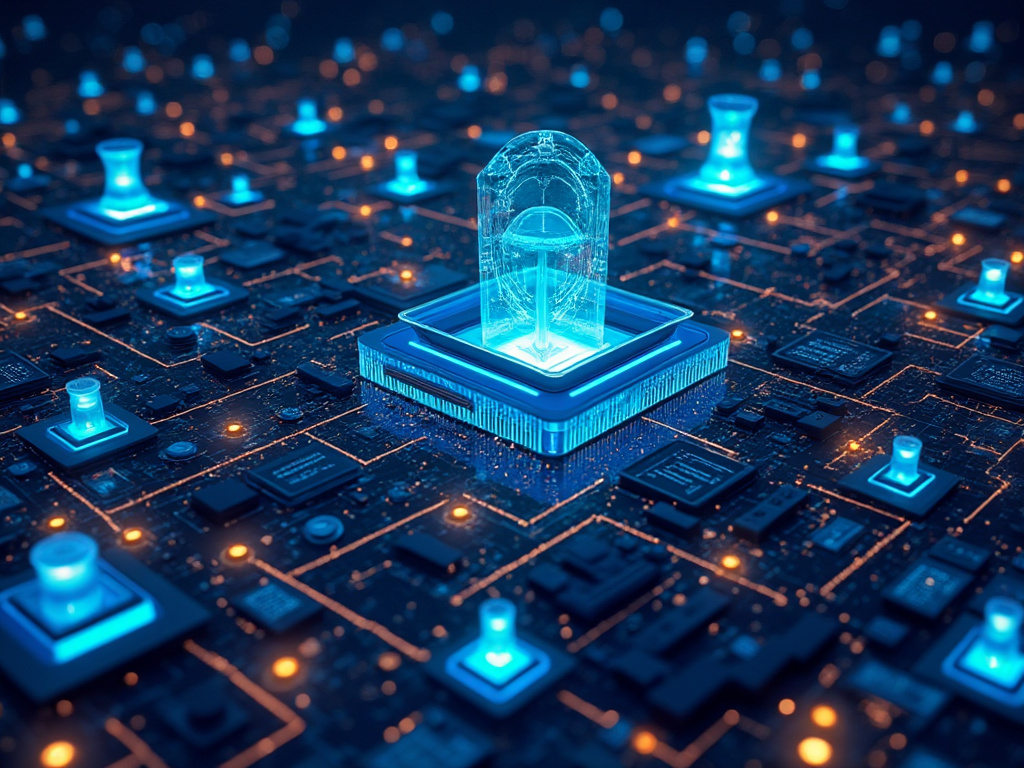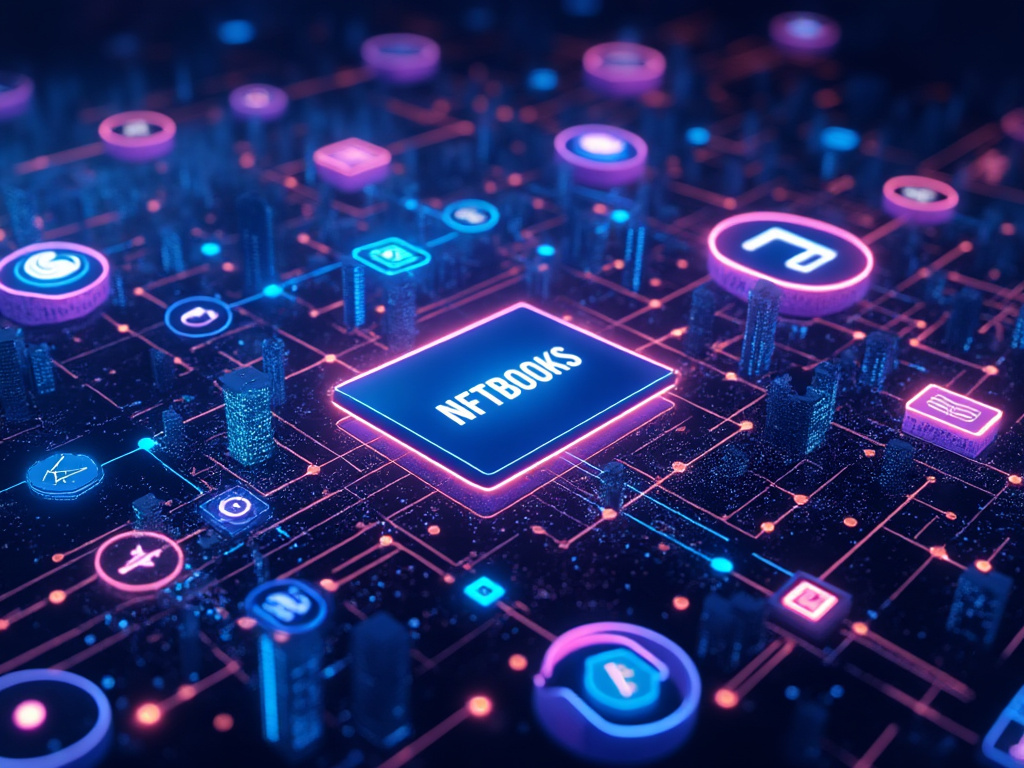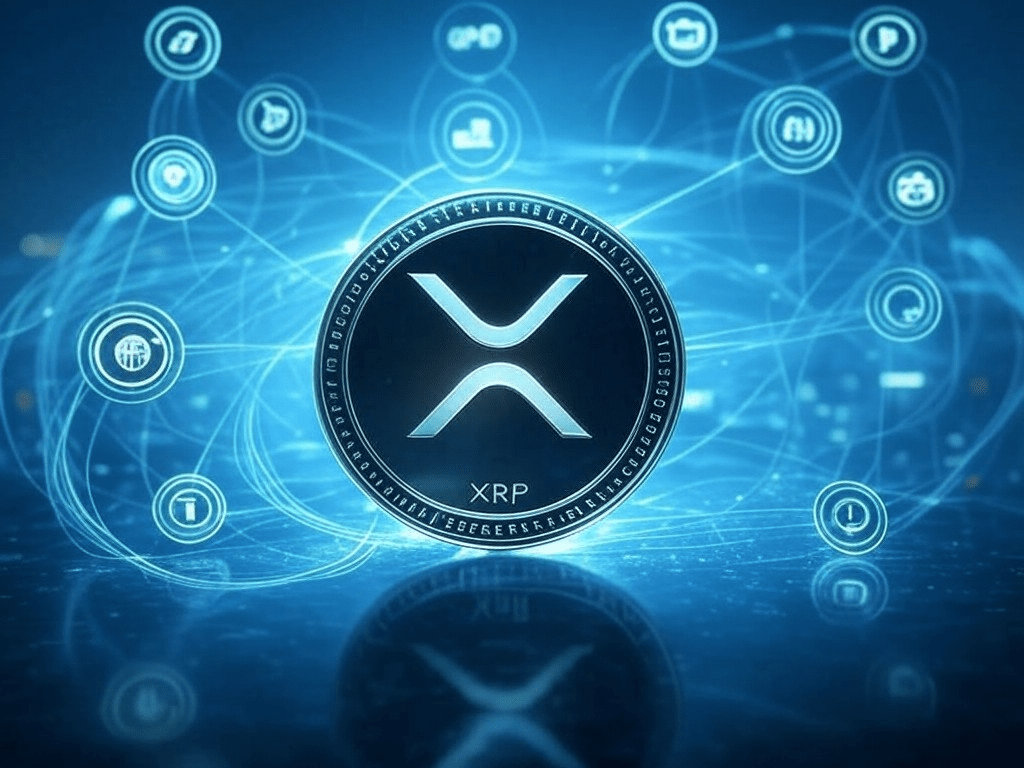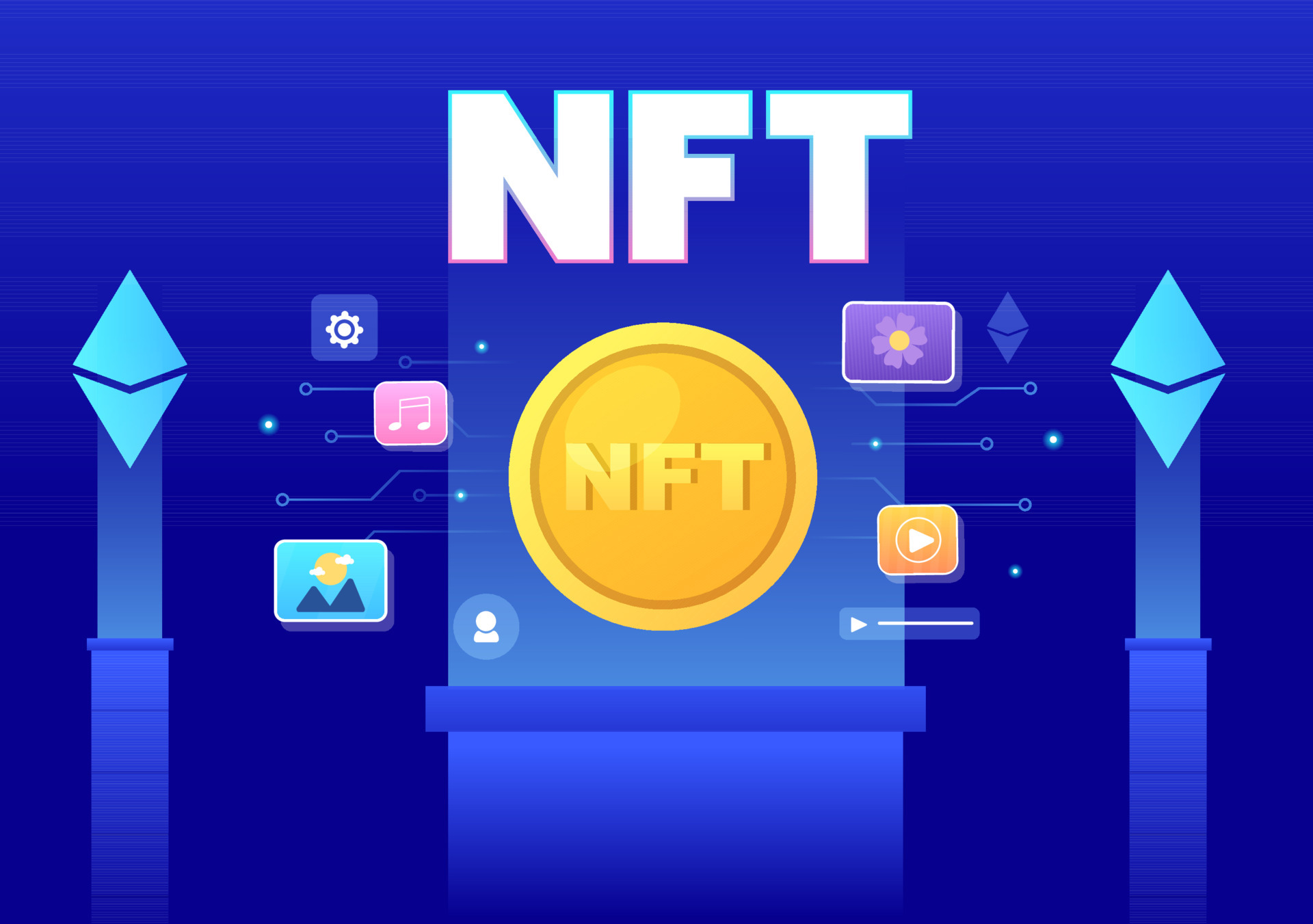The term “web3” has become a buzzword in tech circles, but what exactly does it mean? At its core, web3 represents the third generation of internet services that leverage decentralized technologies like blockchain. Unlike web2, which is centered around user-generated content and social media, web3 focuses on creating a decentralized internet. This shift promises to empower users by giving them more control over their data and online interactions. As web3 continues to evolve, it’s essential to understand its components and the potential it holds for reshaping the digital landscape.

The Core of Web3: Decentralization and User Empowerment
Web3 technology is built on the foundation of decentralization. Unlike traditional internet models that rely on centralized servers, web3 uses a distributed network of nodes. This approach manages data and processes more securely. It reduces the risk of single points of failure and enhances data security.
By integrating blockchain technology, web3 offers a more transparent and secure way of handling information. It provides users with greater control over their digital identities and transactions. As more web3 projects emerge, the concept of a decentralized internet becomes increasingly tangible. This shift presents opportunities for innovation across various sectors.
Exploring Web3 Technology and Its Potential
Web3 technology is not just about decentralization; it’s about creating a more equitable internet. This new internet paradigm is designed to be open-source, meaning that its development is driven by the community rather than a handful of corporations. This model promotes transparency and accountability, two crucial factors in the web3 ecosystem. For instance, web3 technology allows for smart contracts—self-executing contracts with the terms directly written into code. These contracts operate on blockchain networks, ensuring that they are tamper-proof and executed as intended. The applications of smart contracts are vast, from financial services to supply chain management, demonstrating the versatile potential of web3 technology.
Key Components of the Web3 Ecosystem
The web3 ecosystem is composed of several key components that work together to create a decentralized and user-centric internet. These components include blockchain platforms, decentralized applications (dApps), and decentralized autonomous organizations (DAOs). Blockchain platforms like Ethereum, Polkadot, and Binance Smart Chain provide the infrastructure for building and deploying dApps, which are applications that run on a peer-to-peer network instead of centralized servers. DAOs, on the other hand, are organizations that operate based on rules encoded as smart contracts, allowing for decentralized decision-making. Together, these elements form the backbone of the web3 ecosystem, offering new ways for users to interact and transact online.
Emerging Web3 Projects Shaping the Future
Several innovative web3 projects are leading the charge in transforming how we interact with the internet. For example, platforms like Uniswap and Aave are revolutionizing the financial sector by providing decentralized finance (DeFi) services that eliminate the need for traditional intermediaries. Similarly, non-fungible tokens (NFTs) have opened up new avenues for digital ownership and creative expression. These web3 projects are not only changing the way we think about finance and art but also laying the groundwork for a broader range of applications. As these projects continue to develop, they highlight the transformative potential of web3 in creating a more inclusive and accessible internet.
NFTBOOKS: Bridging Literature and Web3
One noteworthy example of web3’s potential is NFTBOOKS, a platform that brings the benefits of blockchain technology to the publishing industry. NFTBOOKS leverages the decentralized nature of web3 to empower authors and readers by offering zero royalty fees, perpetual passive royalty income, and enhanced copyright protection through NFT encryption. This innovative approach aligns with the broader web3 goal of decentralizing control and providing a fairer distribution of value. By allowing authors to publish their works as NFTs, NFTBOOKS provides a secure and transparent platform for buying, renting, and reselling digital books. This not only enhances the reading experience but also opens up new revenue streams for authors and investors, making NFTBOOKS a prime example of how web3 technology can revolutionize traditional industries.
The Future of Web3: Challenges and Opportunities
While the prospects for web3 are promising, the transition to a decentralized internet is not without challenges. Scalability, interoperability, and regulatory compliance are some of the hurdles that web3 developers and advocates must address. Despite these challenges, the opportunities presented by web3 far outweigh the drawbacks. The potential for a more secure, private, and user-centric internet is a powerful motivator for continued innovation in this space. As the web3 ecosystem matures, it will likely drive a significant shift in how digital services are delivered and consumed.
You might be interested in reading Gas Fees in Blockchain as well.
Embracing the Web3 Revolution
In conclusion, web3 represents a fundamental shift in how we perceive and use the internet. By prioritizing decentralization, user empowerment, and community-driven development, web3 can create a more democratic digital landscape. This shift also holds the potential for a more equitable online environment. As web3 technology continues to advance, it will be crucial for users, developers, and policymakers to understand its implications. Contributing to its evolution will also be essential. The journey toward a fully decentralized web is just beginning. Its success will depend on the collective efforts of all stakeholders in the digital ecosystem.
By staying informed and engaged with the latest web3 developments, we can each play a role. Together, we can shape the future of the internet.







